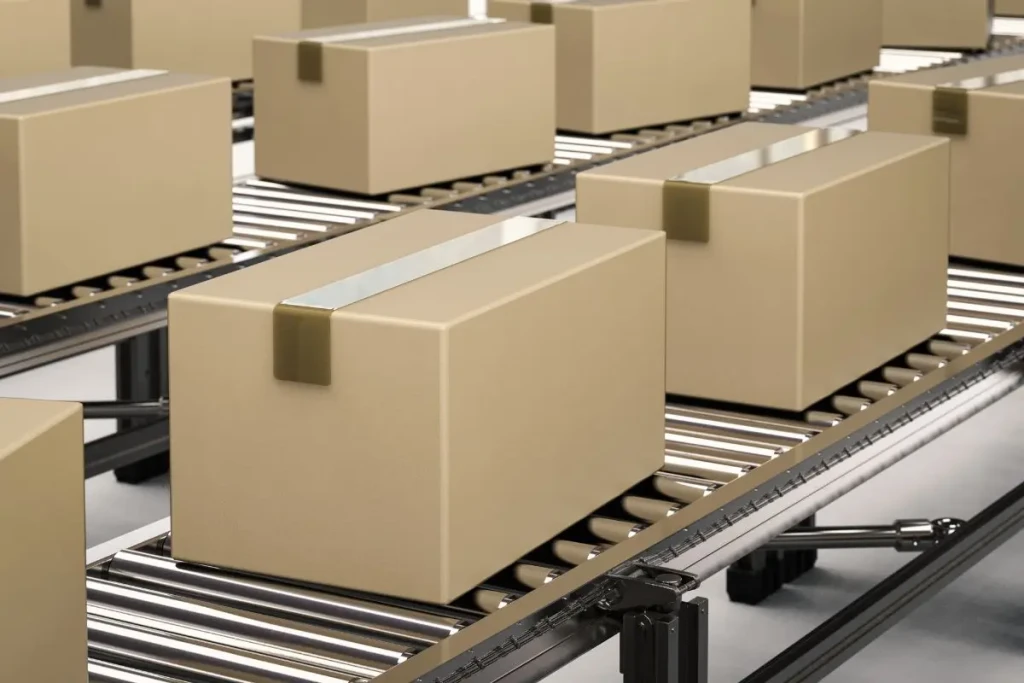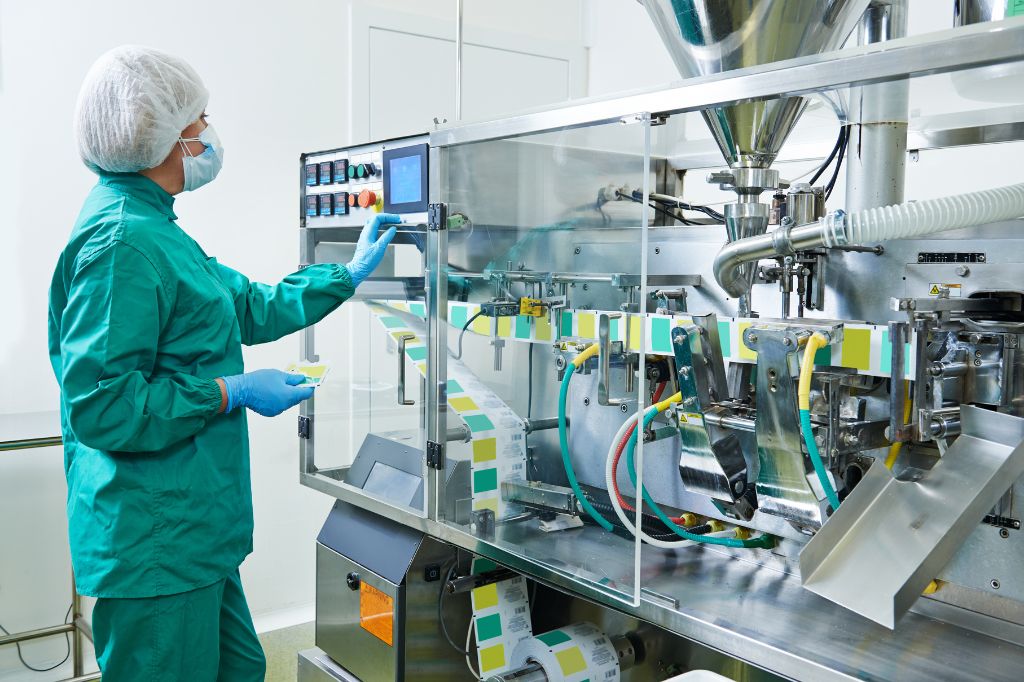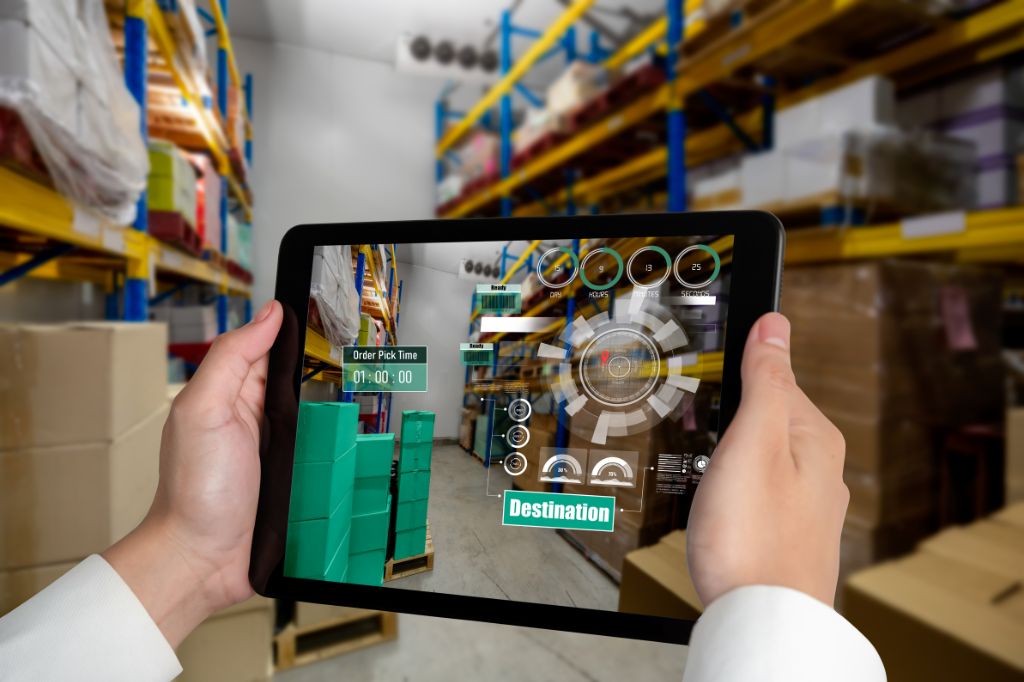
The evolution of roller manufacturing over the years
Reading time: < 5 minutesConveyor rollers are essential components in numerous industries and applications, facilitating the efficient movement of materials in production lines, warehouses, airports, and many other areas. As technology and industry needs have evolved, roller manufacturing has also undergone significant changes. Below, we will explore the evolution of roller manufacturing over the years, from its earliest designs to the most recent innovations.
The beginnings of industrial rollers
The history of rollers dates back to ancient heavy load transportation systems. In ancient times, logs and wooden cylinders were used to create rolling surfaces to help move heavy objects. These early rollers were rudimentary, but they served their basic purpose of reducing friction and enabling the movement of loads.
With the arrival of the Industrial Revolution in the 18th century, manufacturing experienced significant advances. New materials, such as iron and steel, were introduced, offering greater strength and durability. These materials enabled the production of larger, more robust rollers, capable of supporting heavier loads and resisting wear and corrosion in industrial environments.
In the 19th century, significant improvements were made. More efficient production methods were developed, and mass manufacturing techniques were introduced, allowing for increased production and availability. This led to the adoption of rollers in various industries such as mining, agriculture, and manufacturing, where they were essential for the efficient transport of materials along production lines.
As the 20th century progressed, roller manufacturing continued to evolve with the development of new materials and technologies. Polymers and elastomers began to be used in roller manufacturing, offering features like wear resistance, shock absorption, and greater flexibility in design. These new materials allowed for greater versatility across various industries and work environments.
The automation revolution
The rise of automation and control technology also had a significant impact on conveyor roller manufacturing. Electric drive systems and automatic control were introduced, providing greater control over roller speed, direction, and operation. This led to improvements in precision, efficiency, and safety in transportation systems, becoming key to understanding the evolution of roller manufacturing.
In recent decades, conveyor roller manufacturing has seen even more remarkable innovations. Technologies such as additive manufacturing (3D printing) have revolutionized the design and production process of rollers. This manufacturing method allows the creation of custom rollers with complex geometries and specific features more efficiently and cost-effectively than traditional manufacturing methods. It has opened up new possibilities in performance optimization and customization to meet the specific needs of the industry.
Furthermore, the integration of electronics and information technology has led to the emergence of smart rollers. These rollers are equipped with sensors and monitoring systems that collect real-time data on temperature, vibration, load, and other relevant parameters. This information is used to optimize roller performance, detect potential issues or failures, and facilitate preventive maintenance planning.
Recent innovations in roller manufacturing
Conveyor rollers play a vital role in a wide range of industries and applications, facilitating the efficient movement of materials and products along production lines or warehouses. In recent years, conveyor roller manufacturing has undergone various innovations that have further enhanced their performance, efficiency, and durability.
Here are some of the most notable innovations:
Development of advanced materials
High-performance polymers and fiber-reinforced composites have been introduced, offering enhanced properties in terms of wear resistance, corrosion resistance, and lifespan. These new materials provide greater durability and reduce maintenance costs by minimizing wear and friction during transport.
Optimized structural design of conveyor rollers
By using computer simulation techniques and finite element analysis, manufacturers have been able to optimize roller geometry to maximize strength and load capacity without compromising structural integrity. This has led to the creation of lighter and stronger rollers, helping to reduce energy consumption by decreasing resistance to movement.
Innovations in drive and control technology
Motorized conveyor rollers have been developed using energy-efficient technologies, such as high-efficiency DC motors and intelligent speed control systems. These advancements allow for automatic adjustment of speed, flow, and transport direction, improving precision and flexibility in processes. Additionally, advanced control systems have facilitated the integration of conveyor rollers with other system components, such as sensors and monitoring systems.
Incorporation of sensors and monitoring systems
Manufacturers are increasingly willing to tailor rollers to meet specific customer needs and specifications. This includes adjusting geometry, materials, and drive systems to satisfy the particular requirements of applications and work environments. Customization of conveyor rollers enables optimal performance and seamless integration into existing systems, which, in turn, improves efficiency and productivity in industrial operations.
As demonstrated, the evolution of conveyor roller manufacturing has seen major innovations in recent years, improving their performance, efficiency, and durability. These advancements have led to the creation of more durable, efficient, and adaptable rollers, significantly enhancing the efficiency and profitability of transport processes across a wide range of industries and applications. At Eurotransis, we are manufacturers of rollers and conveyors. Do you need more information about our services? Contact our team!
.



